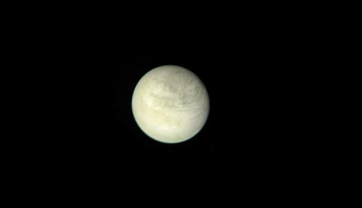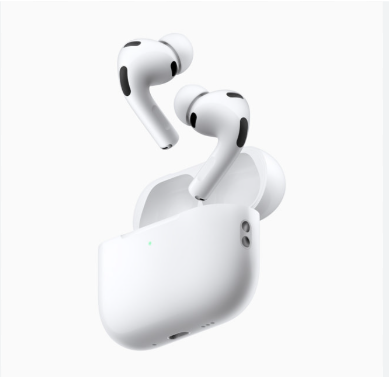
The launch window for NASA’s Europa Clipper satellite on October 10th. The solar-powered satellite will perform examinations of Europa, one of Jupiter’s largest moons, and will search the celestial body for water under its surface. It will reach the orbit of Jupiter in 2030 and pass by Europa 50 times, according to NASA.
Europa is the fourth largest of Jupiter’s four main moons, and there is a chance that it harbors, or has harbored, life. According to many observations, it shows signs of having a massive body of saline liquid water under its frozen shell, and this theory will be further investigated in the Europa Clipper’s flybys. The planetary behemoth Jupiter has a powerful gravitational force that pulls on the moon, generating heat and energy, two factors essential for life. On Europa also exist some chemical elements necessary for the development of living things, such as carbon and phosphorus, to name a couple.
The Europa Clipper is 100 feet long in its widest dimension. Most of this length is taken up by two large solar panels on the sides of the spacecraft. The satellite’s main body contains 9 different devices for examining its target moon, such as cameras to record various wavelengths of light, tools to make maps of the moon’s surface, and radar instruments for looking under its surface. A vault plate will also be attached to the spacecraft, and written on it is the poem “In Praise of Mystery,” the formula for finding extraterrestrial life, and a collection of encoded words for water in 103 Earthly languages.
Cites –
https://science.nasa.gov
https://europa.nasa.gov








Graham • Oct 16, 2024 at 8:04 pm
This is an awesome article, great job Anvi!!!!!